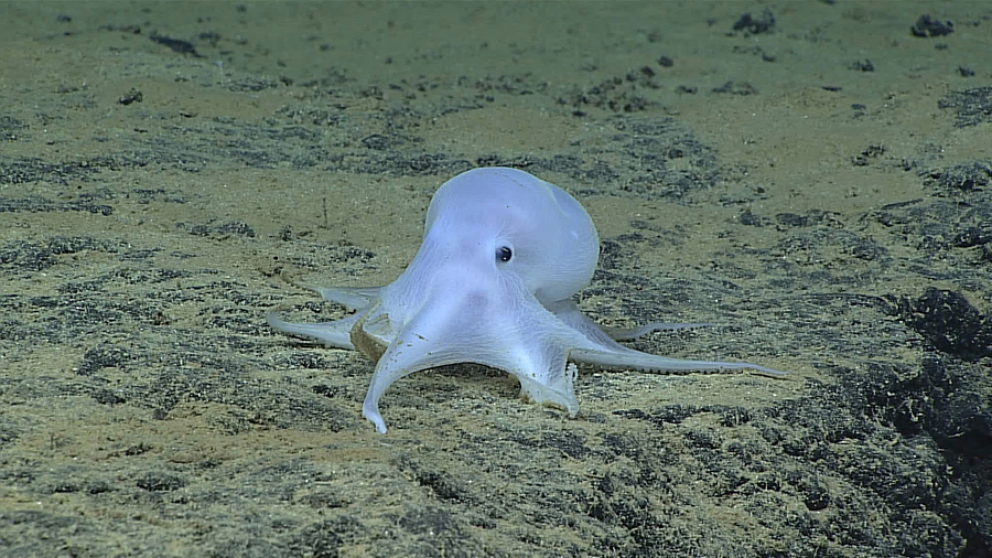Ecological Safeguards for Deep Seabed Mining
Duration

The deep seabed is the least understood ecosystem on Earth and is known to contain mineral resources in some areas. These ores also contain small amounts of minerals used in the production of batteries for electric cars, mobile telephones, and other electronic devices. Their extraction presents significant technical challenges and is not yet financially viable. Environmental reviews have shown that deep seabed mining could result in irreversible damages on a large scale. Yet efforts continue to promote the development of deep seabed mining despite low commodity prices and the resulting uncertainty about its economic benefits.
Designing a regulatory framework well in advance
The existing United Nations Convention on the Law of the Sea does allow for the mining of mineral resources in marine areas beyond national jurisdiction, but as yet there is no comprehensive legal framework for the protection of marine ecosystems. This is where the project "Ecological Guardrails for Deep Seabed Mining" takes up its work. It will highlight the environmental consequences of deep seabed mining and derive recommendations for future environmental standards from them. Conversely, it will analyse existing provisions for the protection of the oceans in international law and expose any loopholes.
Advising on environmental standards
One of the project's principal tasks is to advise the German Federal Environment Agency on legal, scientific and policy matters in the context of developing environmental standards for sustainable commercial deep seabed mining. To this end, researchers will communicate their knowledge in the form of discussion papers, fact sheets and policy briefs. In addition to regular discussions, an international workshop and dialogue meetings are planned. The project, which contributes to the IASS Ocean Governance project, will also contribute to the formulation of mining legislation by the International Seabed Authority.